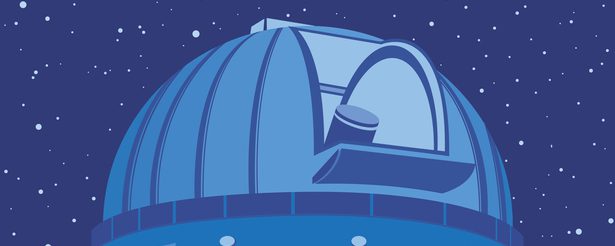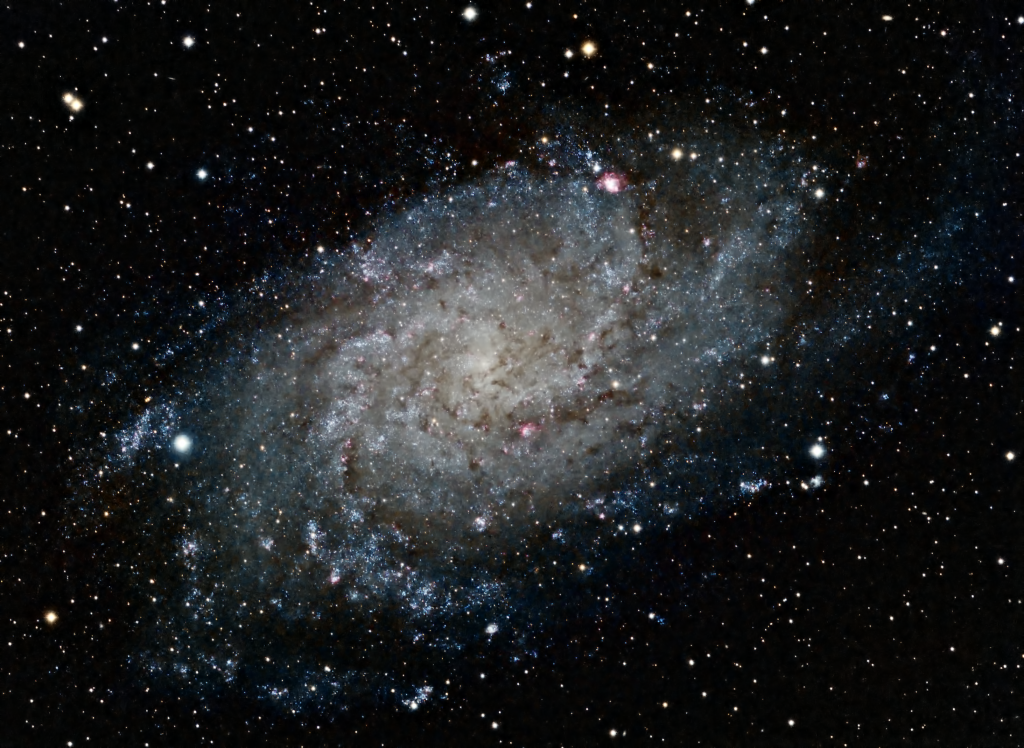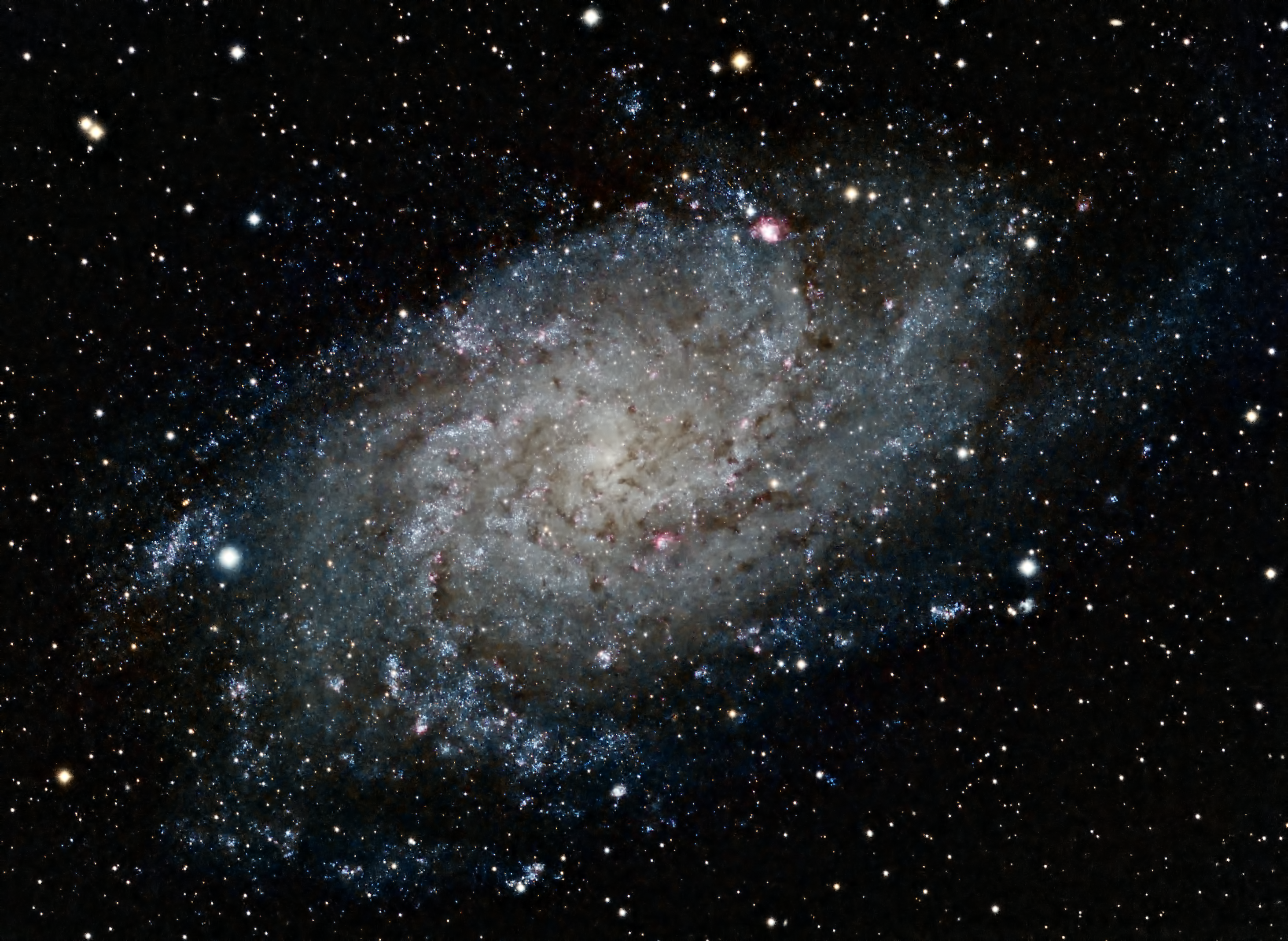
Similar Posts
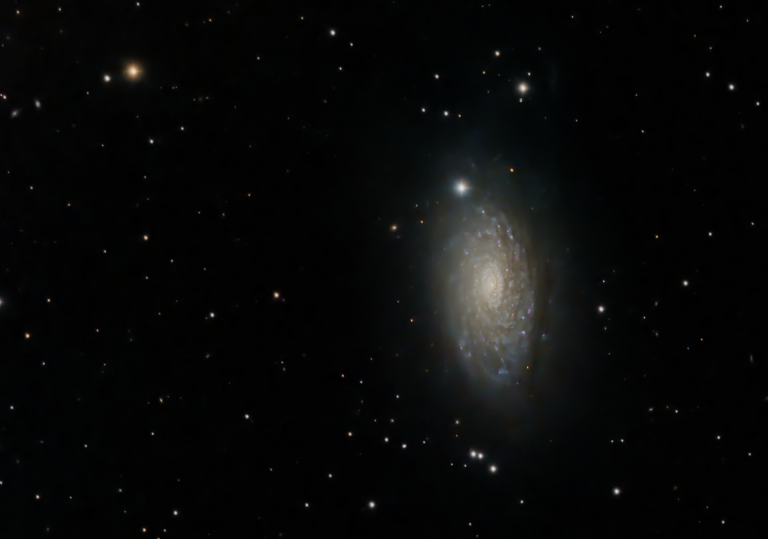
The Sunflower Galaxy
Officially called M63, this spiral galaxy about 30 million light-years away is part of the same group as the Whirlpool Galaxy.
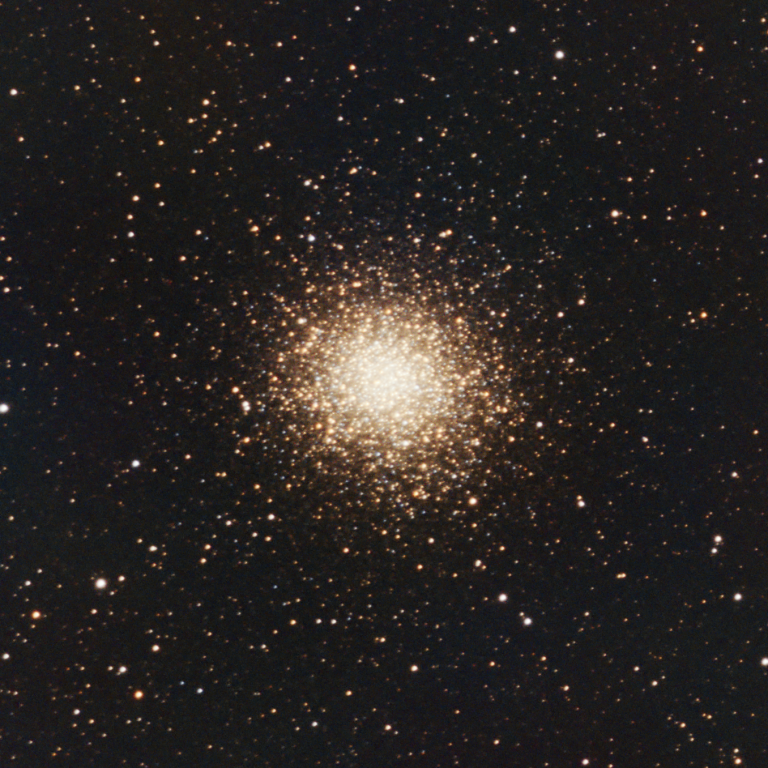
M14: A Golden Ball of Stars
This morning, my cat woke me up at 3 AM, and I noticed it was clear outside. But, the sun would start rising in just a couple of hours, so doing some super-long-exposure shot of a faint nebula wasn’t in the cards. However, globular clusters don’t take long to image, as they are relatively bright…
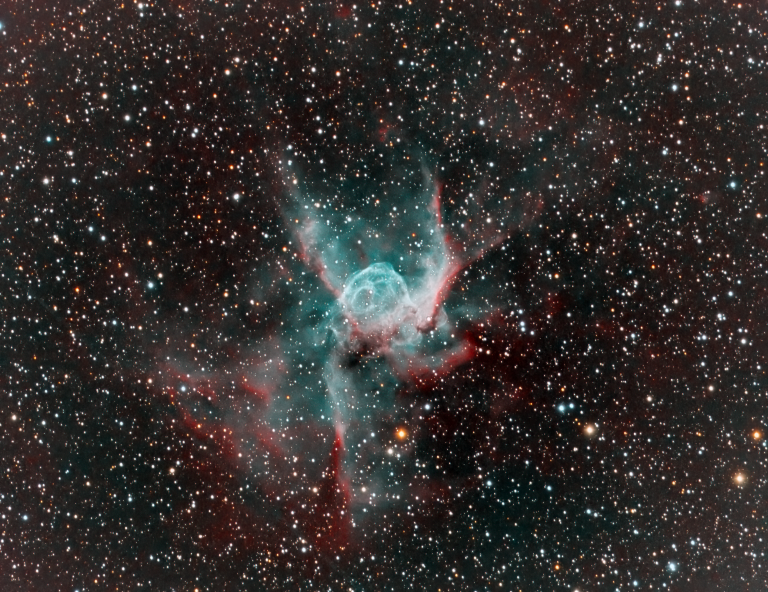
Thor’s Helmet
This week’s target was Thor’s Helmet (NGC 2359), an emission nebula in Canis Major a rather distant 12,000 light-years away. It’s formed by a Wolf-Rayet star in its center, which is a crazy-hot star whose immense stellar wind is bunching up and ionizing the gases around it in these complex patterns. It’ll probably go supernova…
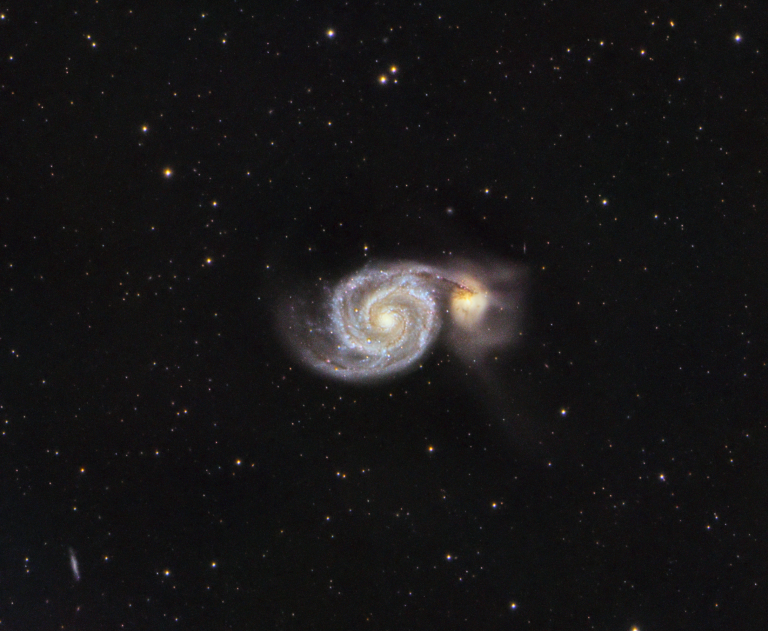
M51, the Whirlpool Galaxy – Another year, another try
Every year I image the “Whirlpool Galaxy” (really a pair of galaxies interacting with each other,) and every year it gets a little bit better. This year it was shot from our new observatory, on a newly-tuned mount and with some more image processing experience under my belt. It’s also under slightly darker skies, which…
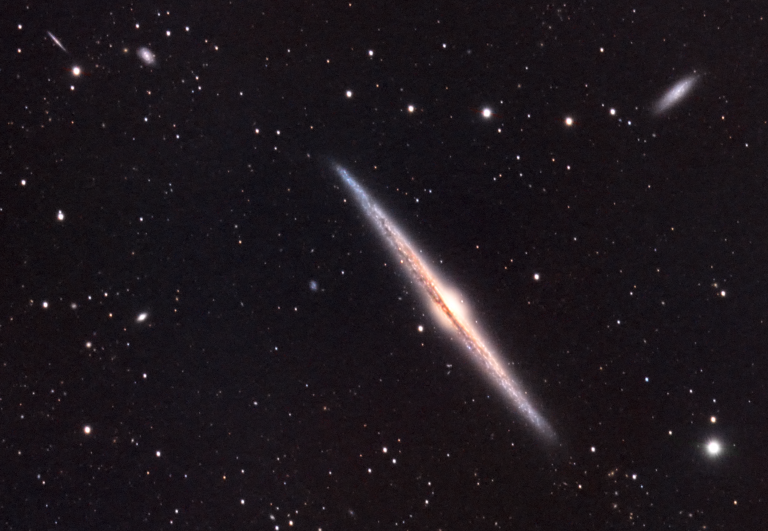
The Needle Galaxy
Somewhere between 30 and 50 million light-years away, within the constellation Coma Berenices, lies NGC4565 – commonly known as the “Needle Galaxy”. It’s a spiral galaxy, but viewed edge-on – so we see its central bulge and the edge of the galaxy’s disc extending from it. Clouds of dust within the galaxy obscure the middle…
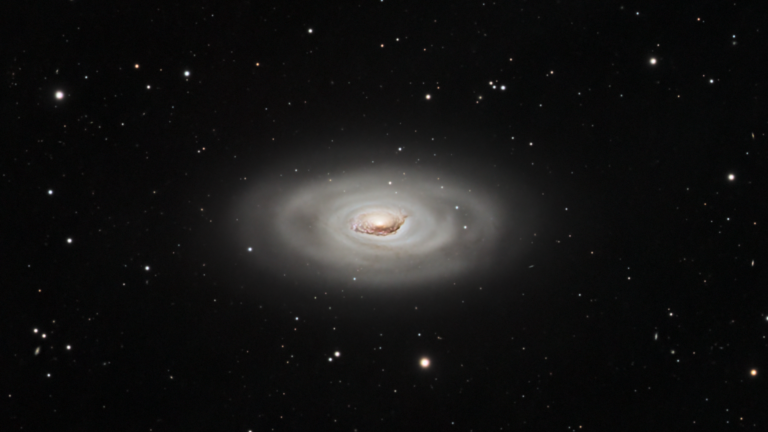
M64, The “Black Eye Galaxy”
Combining 25 hours of data shot over two years, here’s M64. It’s an odd one, with counter-rotating disks that seem to have funneled all that dust in the center there. They think it’s the result of a merger of two galaxies that were spinning in opposite directions. Located about 17 million light-years away, in the…
